No product is perfect. Much of engineering is trying to determine when a part will fail in the field or when there are field failures, why it failed and how to fix it. Although simulation and engineering experience can make a huge difference, sometimes the best way to understand product robustness in the real world is through duty cycle testing; designing a test that puts the product through the varied and repeated loading that it will see in use.
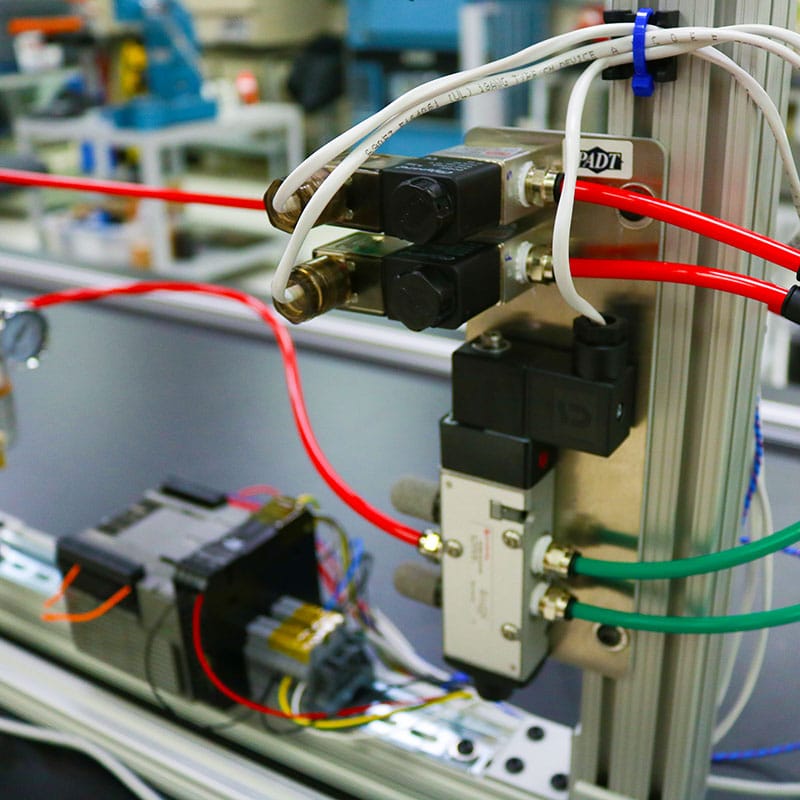
This type of testing is perfect for automation. For decades, PADT has been designing testing devices for our customers to determine durability, uncover problems, and verify that proposed solutions work. Over those years our engineers have developed guidelines that we use to design tests and test apparatus. We got together and summarized that experience in the ten suggestions listed below.
But first, it would be good to define what automated product duty cycle testing is.
Automated Product Duty Cycle Testing Defined
When a physical product is used, it sees some sort of loading; force, pressure, temperature, friction, chemicals, sunlight, etc… That loading causes deformation of the various materials used or changes the physical properties of those materials. In most cases, the deformation or property change is not permanent. But sometimes the loads are large enough or are replied long enough to cause permanent changes. Metal fatigues, rubber tubes become brittle, or glue fails.
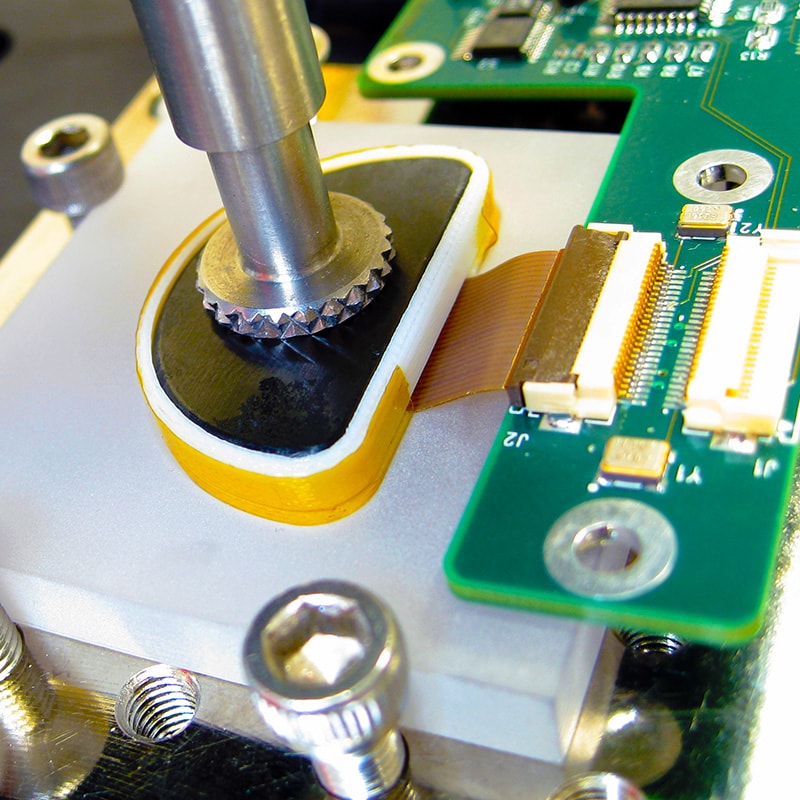
Large loads are easy to test. You apply them and see what happens. But long term loading, especially a set of repeated loads, needs to be applied over time. This type of long-term testing that applies the loads the product will see over time is called duty cycle testing. Add in the need to apply temperatures cycles, humidity, and power loads – all things that components see in the real world – and the value of automation multiplies.
As engineers, when we see something that happens over time and repeats, we know that automation can be used to reduce cost and enforce repeatability. And that is why most duty cycle testing is automated. But those time savings and that repeatability are only effective if the test and the text fixture are designed correctly, which leads us to PADT’s ten suggestions.
1: Define the purpose and the expected outcome of the test
Most people define the purpose or the outcome, but not both. This really starts with understanding who the customer is for the test, even within the same company. What do they need from the test and why do they need it.
2: Map the full duty cycle being tested
The physical behavior of a system, especially over time, is impacted by all of the loads that the system sees. The cause of a failure or performance degradation is often not one load, but some unexpected combination of loads. You may think a problem may be caused by say, a bending load that happens tens-of-thousands of times. But it may be that bending load combined with a torque that only occurs every once in a while.
3: Document the test process, keeping it as simple as possible
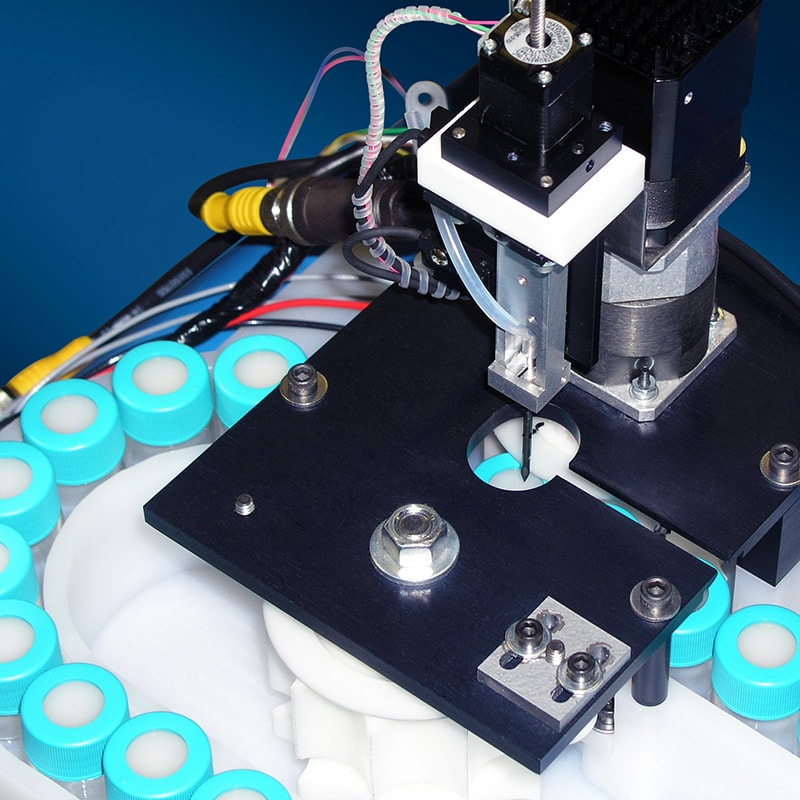
Simplicity is the key here. Complexity adds cost, slows schedules, and introduces irrelevant failure modes. Designing is like writing a good story. Put everything down, then start cutting. Keep cutting until you only have exactly what you need.
4: Design the apparatus to the test
This seems obvious, but it can often be missed. The three previous suggestions need to be reviewed before, during, and after the design process. Every feature, chunk of code, or fixture needs to be there for a reason. The device must carry out the test process and apply the full duty cycle while meeting the purpose and expected outcome of the test.
5: Make the system versatile
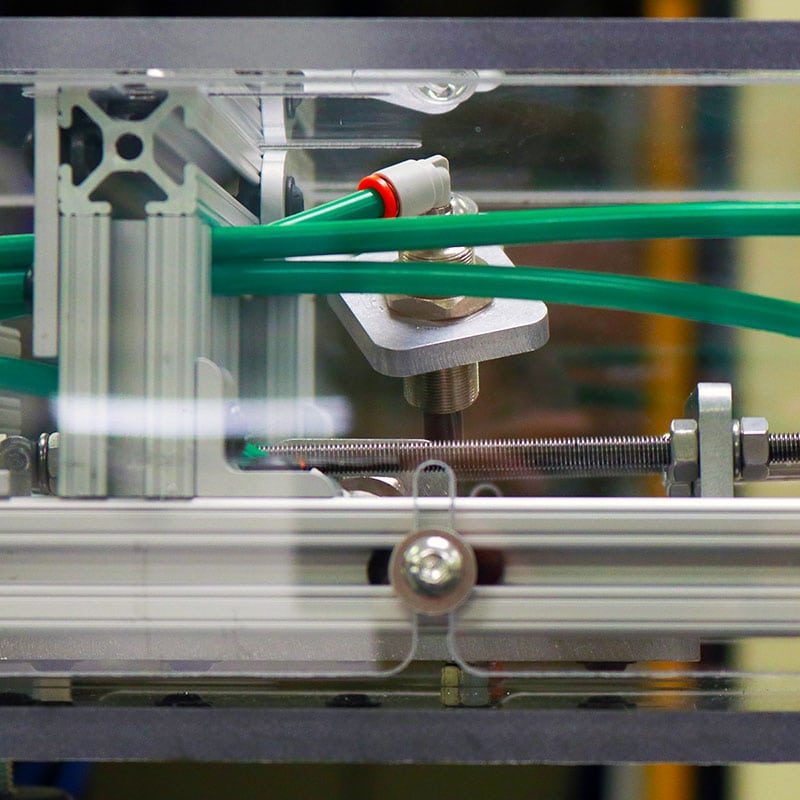
After developing our second or third test rig, we discovered that our customers almost always wanted to add new loads or change loading. You may design a system to test one component, to find that a different component is failing more in the field so you need to change the test to load that part. If you design the apparatus to allow for easy changes that don’t require a complete redesign, you can create a far more valuable device.
6: Make the remaining human steps as easy as possible
The whole point of automation is to take humans out of the loop. But someone still has to load, unload, repair, and maintain the system. With so much focus on automation, it is easy to make the apparatus difficult to use. Human interface design still plays an important role.
7: Keep the hardware as simple as possible
Simplicity is the key to success in most designs, and automating duty cycle testing is no different. The repetitive nature of the operating steps and long run times make it especially important. Also, if you make the design too complex it is more difficult to capture and interpret results.
8: Invest in robust, off-the-shelf industrial quality equipment.
Do not try and save money using hobby or educational hardware or in making your own components, unless what you need is not commercially available. Remember, you are measuring the robustness of your product so having robust equipment to carry out the testing is critical. There is a reason why an industrial controller costs more. Invest in hardware that results in a test system that will last.
9: Spend the time and money upfront to automate as much as possible
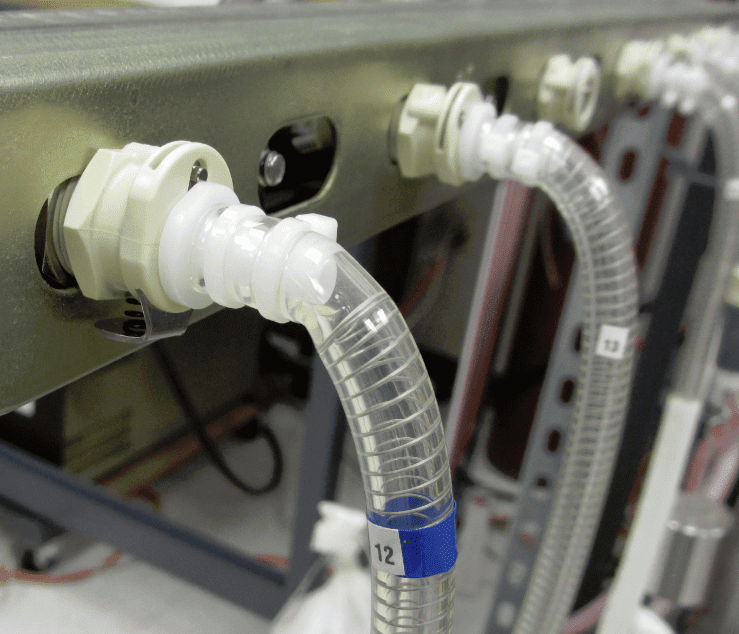
Just as you should invest in high-quality hardware, you should put time and money into automating as much as possible. It is tempting to save money by saying “we can have a person do this step” but when you do that you introduce long term costs, delays, and a source of error.
10: Test the test before releasing the apparatus to the customer
Plan for a lot of testing of the system before official testing starts. This can seem obvious but because the focus of the design process is a test itself, it is easy to forget that the hardware and software need to be tested before they are released for use.
Better automated testing is achievable
Testing of your products should never be an afterthought or an add-on to the product’s design. Plan for it as an important part of the product lifecycle. If you follow the guidelines above and budget the proper time, money, and space (don’t forget you will need a place to do the testing) you can achieve a greater understanding of the robustness, failure modes, and efficiency of the things you make.
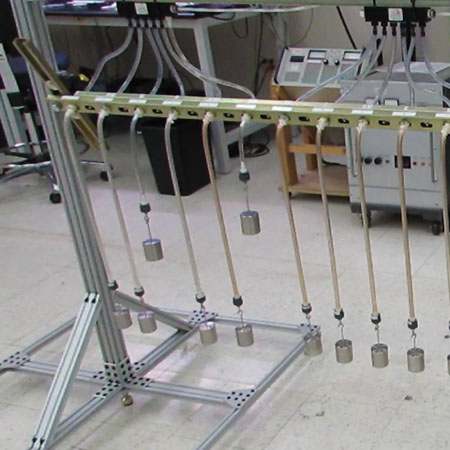
If you need help with duty cycle testing, please reach out to PADT. Our expertise in project management, engineering problems solving, controller programming, industry applications, and creative design are a unique combination that results in better fixture design and more useful information from your testing.
We can assist you in the design or take on the whole project, including doing the testing here at our facility. Contact us at info@padtinc.com or 480.813.4884 and ask to speak to someone in our Engineering Services Team about product testing. And don’t forget, we have world-class simulation and 3D Printing here on site to speed up the process and deliver deeper insight.


















